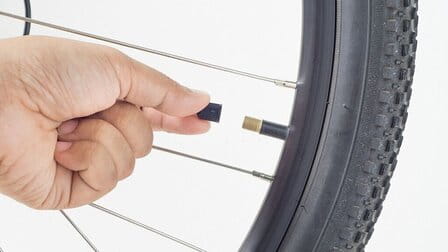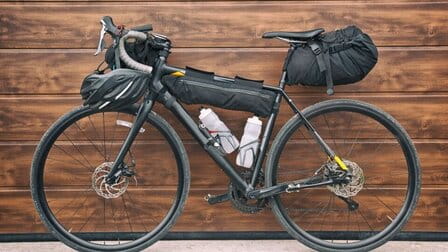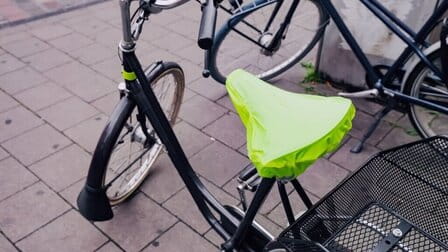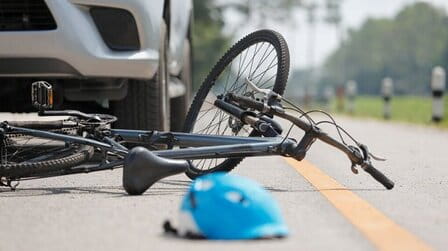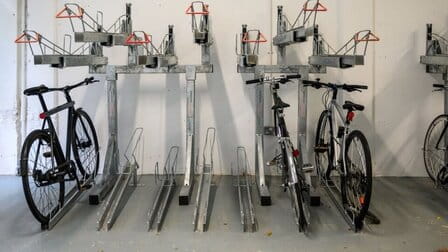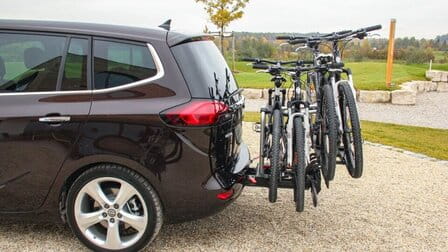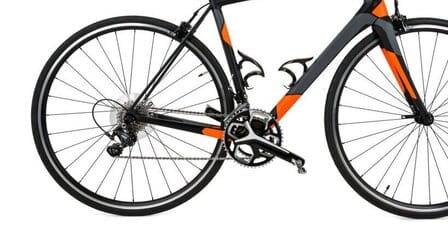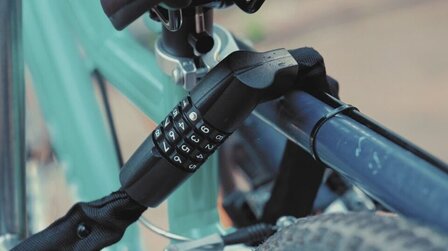Greetings, cycling aficionados! Riding a bike is not only a fantastic way to stay fit and explore your surroundings, but it's also a thrilling experience. However, ensuring your bike's brakes are in top-notch condition is absolutely paramount for both your safety and your enjoyment. In this comprehensive guide, we're going to delve deeply into the world of bike brakes. Whether you're a newbie looking to grasp the basics or a seasoned rider seeking a detailed refresher, this guide is your ticket to mastering the art of bike brake setup and maintenance. So, strap on your helmet, roll up your sleeves, and let's dive into this comprehensive journey to ensure your brakes are in optimal condition.
The Crucial Role of Bike Brakes
Before we dive into the intricate details of brake setup and maintenance, let's take a moment to appreciate the critical role that bike brakes play in your cycling experience:
1. Safety First:
Above all else, bike brakes are a safety feature. They allow you to control your speed, navigate challenging terrain, and, most importantly, come to a complete stop when necessary.
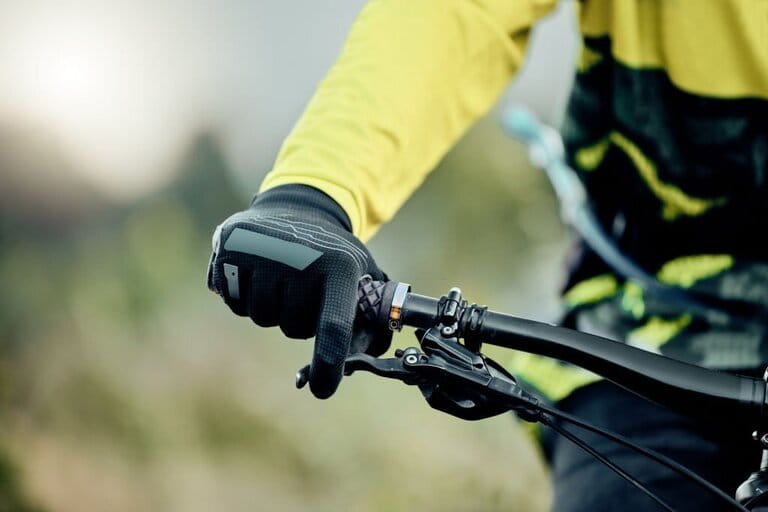
2. Performance Enhancement:
Well-tuned brakes don't just stop you; they enhance your bike's overall performance. You'll have more confidence tackling descents, navigating tight turns, and riding in various conditions.
3. Longevity of Components:
Properly set up and maintained brakes wear more evenly. This not only prolongs the life of your brake pads but also prevents premature wear on your rims and other brake components.
4. Comfort and Control:
A well-maintained brake system provides a comfortable and controlled riding experience. You'll be able to modulate your speed with precision, making your rides more enjoyable and less stressful.
The Tools You'll Need
Before we embark on the journey of setting up and maintaining your bike brakes, let's ensure you have the necessary tools at your disposal:
Allen Wrenches: These come in various sizes and are essential for adjusting brake calipers and levers.
Adjustable Wrench: Useful for making fine adjustments and securing components.
Screwdriver: Needed for adjusting brake cable tension and fine-tuning.
Cable Cutters: To trim excess cable cleanly.
Work Stand (Optional): While not necessary, a work stand can make the process more convenient.
With your toolkit ready, let's move on to the step-by-step process of setting up and maintaining your bike brakes.

Setting Up Your Bike Brakes: Step by Step
We'll break down the process into manageable steps to ensure you don't miss any crucial details:
1. Inspect Your Brake Components:
Begin by conducting a thorough inspection of your brake system. Examine your brake pads, calipers, levers, and cables for signs of wear, damage, or rust. Replace any components that show significant wear or damage.
2. Position the Brake Pads:
Ensure that your brake pads are correctly aligned with the rim braking surface. They should make even contact with the rim when you squeeze the brake lever. If your bike has disc brakes, skip to the next step.
3. Adjust Brake Cable Tension:
Use your Allen wrench to adjust the tension of the brake cable. The goal is to have both brake pads contact the rim simultaneously when you pull the brake lever. Adjust the tension until this balance is achieved.

4. Fine-Tune Brake Pad Alignment:
Check the alignment of the brake pads. They should strike the rim squarely. Use your Allen wrench to make fine adjustments if necessary.
5. Center the Brake Calipers:
Ensure that your brake calipers are centered over the rim. If they are off-center, use your Allen wrench to loosen the caliper mounting bolts, reposition the caliper, and then tighten the bolts securely.

6. Test the Brakes:
After making adjustments, take your bike for a short test ride in a safe area. Gradually apply the brakes to ensure they engage smoothly and stop the bike effectively.
7. Fine-Tune as Needed:
If the brakes feel too tight or too loose, or if they produce an annoying squeal, don't worry. These issues can often be resolved with further adjustments. Fine-tune the cable tension or reposition the brake pads as necessary.
Now that you've successfully set up your bike brakes let's move on to essential maintenance tips to keep them in optimal condition.

Maintenance Tips for Optimal Brake Performance
Proper maintenance is the key to ensuring your bike brakes perform at their best. Here are some crucial maintenance tips to follow:
1. Regular Inspections:
Make it a habit to inspect your brake components regularly. Check your brake pads for wear, inspect the brake cables for fraying or rust, and ensure the calipers move smoothly.
2. Cleanliness Counts:
Keep your rims and brake pads clean. Brake dust, dirt, and debris can accumulate and reduce braking efficiency. Clean your rims with a soft cloth and mild detergent, and gently sand your brake pads if they become contaminated or glazed.
3. Lubrication:
Apply a small amount of lubricant to the pivot points of your brake calipers and levers. This prevents corrosion and ensures smooth operation. Be cautious not to get any lubricant on the braking surfaces or brake pads.
4. Brake Fluid (Hydraulic Disc Brakes):
If your bike is equipped with hydraulic disc brakes, monitor the brake fluid level and bleed the system as recommended by the manufacturer. This ensures consistent and reliable brake performance.
5. Seek Professional Maintenance:
For complex brake issues or if you're unsure about any aspect of brake maintenance, it's best to consult a professional bike mechanic. They have the expertise and specialized tools to tackle intricate problems.

Conclusion
Congratulations! You've now mastered the art of setting up and maintaining your bike brakes. By following these steps and staying diligent with maintenance, you'll enjoy safer and more enjoyable rides. Remember, a well-maintained brake system isn't just about safety; it's about enhancing your overall cycling experience.
So, gear up, hit the road, and enjoy the freedom of cycling with the confidence that your brakes are in tip-top shape. Happy cycling!


